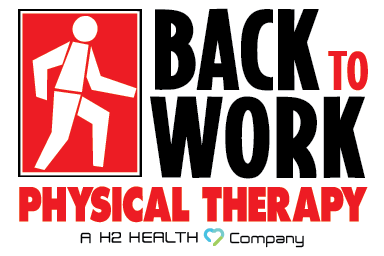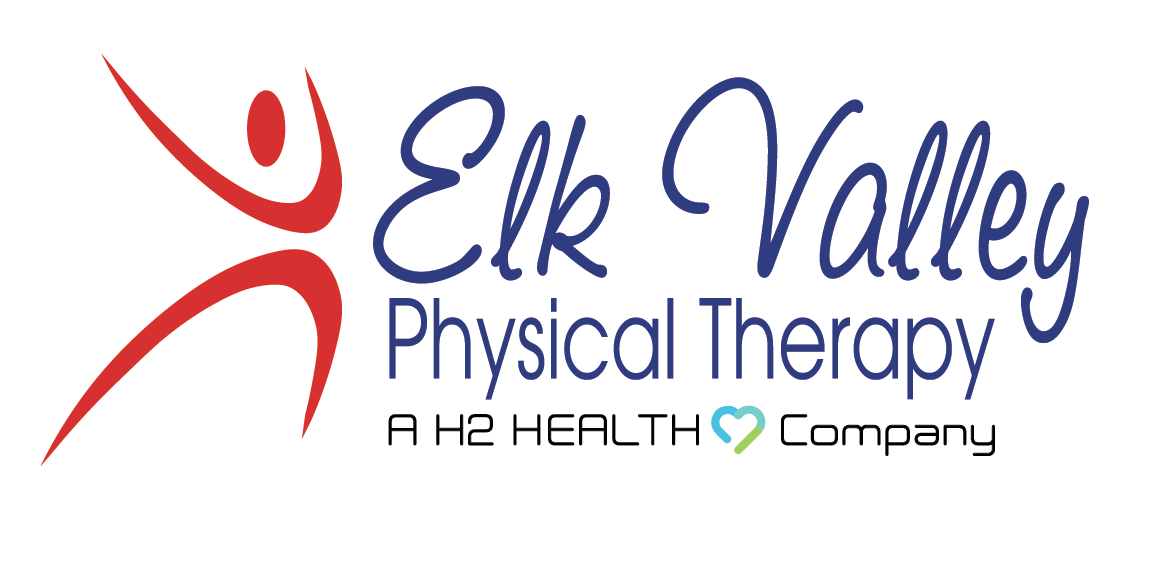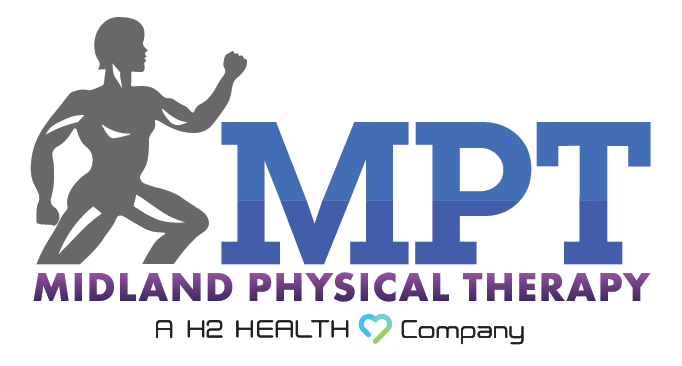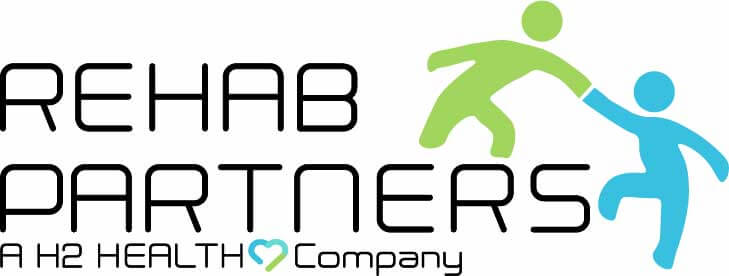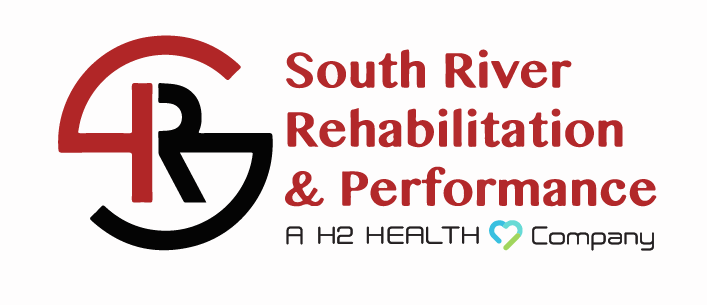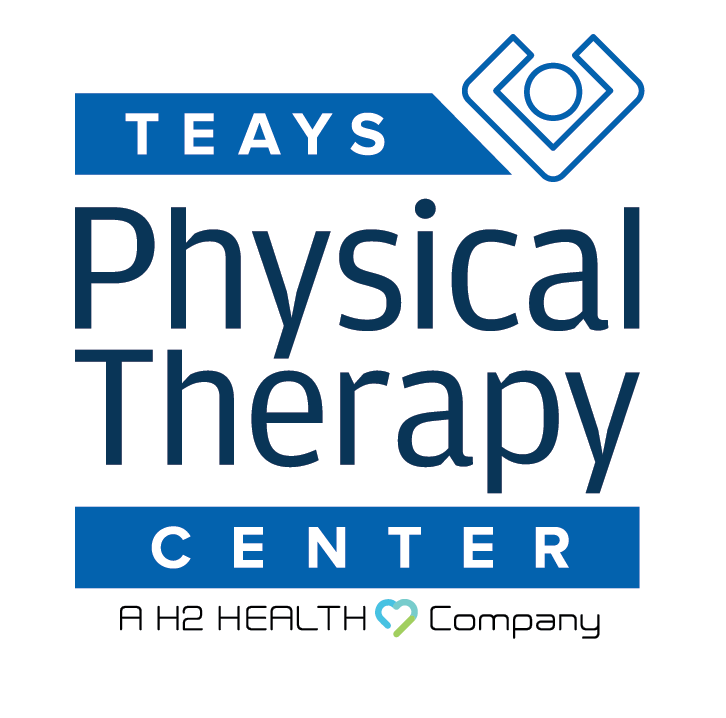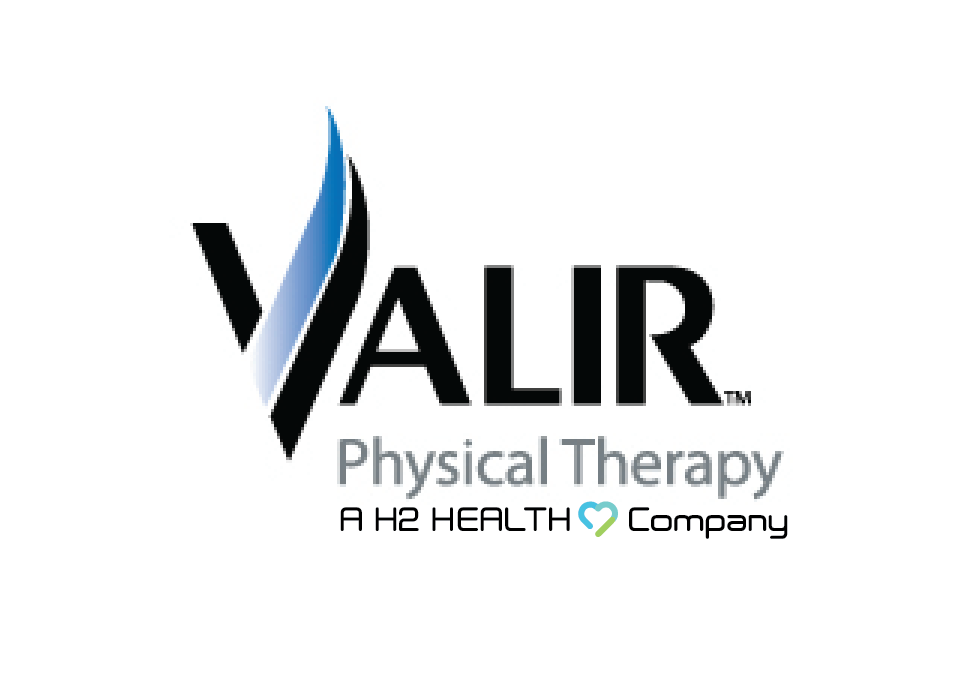
Shoulder pain can be a nagging and debilitating condition that can severely limit your daily activities. It can result from a number of factors, including overuse, injury, or even poor posture.
While medication may offer temporary relief, physical therapy is often the best long-term solution for chronic shoulder pain.
If you are experiencing shoulder pain, it’s important to seek help from a qualified physical therapist who can assess your condition and provide effective treatment options.
Let’s explore some physical therapy solutions that can help you conquer chronic shoulder pain and get back to living your life to the fullest.
Understanding Chronic Shoulder Pain
Chronic shoulder pain is any persistent pain in the shoulder area that lasts more than 12 weeks or longer. It can result from various conditions, such as rotator cuff disorders, frozen shoulders, arthritis, or even overuse from repetitive activities.
Symptoms of chronic shoulder pain might include a constant ache, sharp pain during specific movements, stiffness, and reduced range of motion.
The Role of Physical Therapy in Treating Shoulder Pain
Physical therapy is a proven method for treating many types of chronic shoulder pain. A physical therapist can comprehensively assess your shoulder condition and provide treatments designed to alleviate pain, improve mobility, and strengthen the shoulder muscles.
Typically, a shoulder pain physical therapy plan may consist of the following:
Shoulder Pain Physical Therapy Therapeutic Modalities
Therapeutic modalities are non-invasive treatments that aim to reduce pain and inflammation in the affected area. Your physical therapist may recommend using the following modalities to help alleviate your shoulder pain.
Hot and Cold Therapy
Hot and cold therapy is one of the most common types of therapeutic modalities used in shoulder pain physical therapy. The principle is simple: heat helps to increase blood flow and relax muscles, while cold helps to reduce inflammation and numb pain.
Electrical Stimulation Therapy
Electrical stimulation therapy involves sending mild electrical pulses through the skin to help treat pain. Transcutaneous electrical nerve stimulation (TENS) is a common form of electrical stimulation therapy.
TENS works by overriding the pain signals sent to the brain. Electrical pulses also encourage the body to produce endorphins, which are natural painkillers. This therapy can help alleviate shoulder pain and improve the range of motion in your shoulder.
Ultrasound Therapy
Ultrasound therapy uses sound waves to treat inflammation and pain from shoulder injuries. A gel-assisted wand or probe delivers these waves directly to the patient’s skin.
The therapy increases local blood flow, reducing swelling and inflammation and improving cellular function, accelerating tissue healing.
Range of Motion Exercises
One of the most effective ways to reduce shoulder pain is through the range of motion exercises. These exercises focus on increasing the mobility and flexibility of your shoulder joint.
Your physical therapist may recommend gentle stretching exercises or resistance band exercises to help relieve stiffness and improve your range of motion.
Strengthening Exercises
In addition to the range of motion exercises, strengthening exercises are also an important part of physical therapy for chronic shoulder pain. These exercises aim to strengthen the muscles around the shoulder joint, which helps support the joint and prevent further injury or strain.
Your physical therapist may recommend different types of strengthening exercises depending on your specific condition and needs.
Manual Therapy
Manual therapy is a specialized form of physical therapy delivered with the hands instead of using a device or machine. In manual therapy, physical therapists use their hands to put pressure on muscle tissue and manipulate joints to decrease pain caused by muscle spasms, muscle tension, and joint dysfunction.
Manual therapy can take several forms, depending on the specific needs of the patient. Here are some techniques your physical therapist might use:
- Massage: This involves manipulating soft tissues to improve circulation, reduce muscle tension, and promote relaxation. It can help to relieve pain and aid the recovery of injured shoulder tissues.
- Mobilization: This involves slow, measured movements used to twist, pull, or push bones and joints into position. This can help to increase the range of motion and flexibility.
- Manipulation: This involves a quick, forceful movement to improve the quality and range of motion. This technique is usually used if you have a restricted movement that cannot be improved by mobilization.
Posture Correction
Poor posture is a common cause of chronic shoulder pain, particularly in those who spend long hours sitting at a desk or using electronic devices such as smartphones or tablets.
Your physical therapist can provide guidance on proper posture techniques and recommend modifications to your work environment or lifestyle to help prevent further pain and discomfort.
Shoulder Pain Physical Therapy Near Me
If you’re struggling with chronic shoulder pain, physical therapy can be an effective solution to help you regain function and improve your quality of life.
At H2 Health, our licensed therapists offer a wide range of physical therapy treatments, including motion exercises, strengthening exercises, manual therapy, posture correction, and therapeutic modalities to ease your shoulder pain. Our physical therapy plans are always tailored according to the unique needs of each of our patients.
For more information about shoulder pain physical therapy, please contact us today at our nearest H2 Health care center or use our online appointment request form. We look forward to serving you!










